Reportar esta entrada
Más sobre la misma comunidad-colección
Villa Maria, homeless shelter, on cover of Loretto Magazine Spring 2014
Villa Maria, homeless shelter, on cover of Loretto Magazine ...
Historias: El Paso's Black History
The El Paso Museum of History invites the public to celebrate ...
Mary Woods Place of Residence - 200 St. Louis St. and Utah St. (now Mills and Mesa)
You are at Historias: El Paso's Black History, Site ...
Jack Hughes Apartment,9043 Alameda Ave.
built-in 1945 by Jack Hughes as an apartment and commercial ...
Montestruc Family in front of their home at 413 W. 7th St (now Charles St. and Chihuahua) . in Chihuahuita
Montestruc Family in front of their home at 413 W. 7th St. in ...
Elvira V. Escajeda, burial El Paso, TX 2022
Family of Elvira V. Escajeda at Fort Bliss National Cemetery ...
Irma Avila S.L., Hilton Young Hall, 2022
Sister Irma Avila S.L., renewed vows as a Sister of Loretto on ...
Loretto Academy, Students on Foundation Day, 2022
Three Loretto students outside Hilton Young Hall, carry donated ...
Loretto volunteer and Helen Santamaria S.L., Founders Day 2022
Loretto volunteer working at Villa Maria, homeless shelter, with ...
Loretto Academy Founders' Day, El Paso, TX April 22, 2022
Loretto Academy Founders' Day, El Paso, TX April 22, 2022
Marcia Hatfield Daudistel at the Texas Institute of Letters event on April 23, 2022
Marcia Hatfield Daudistel at the Texas Institute of Letters ...

















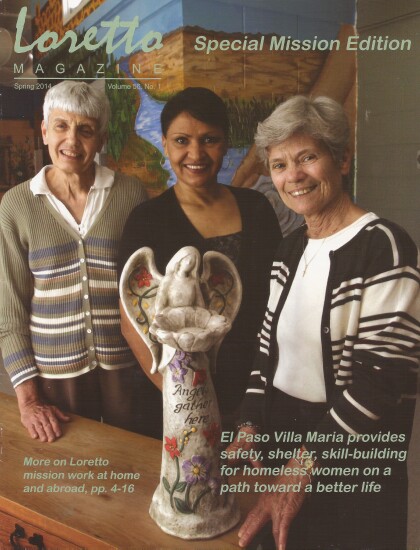
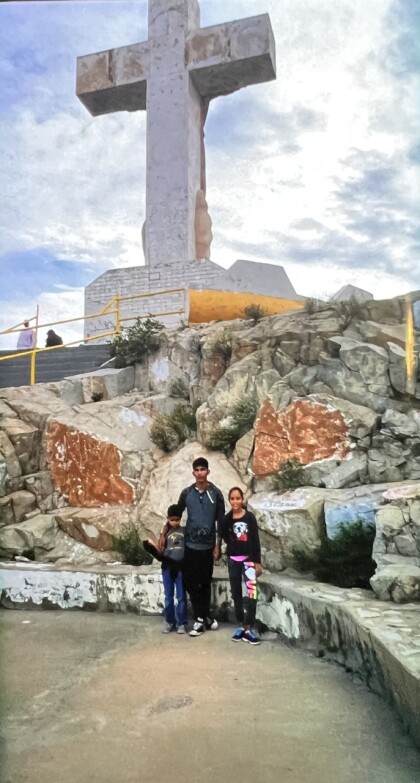





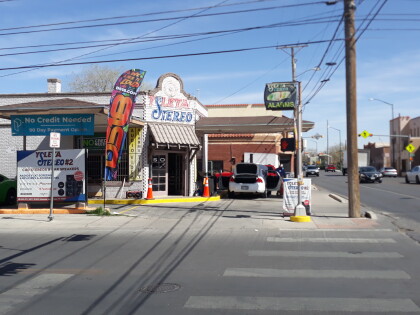
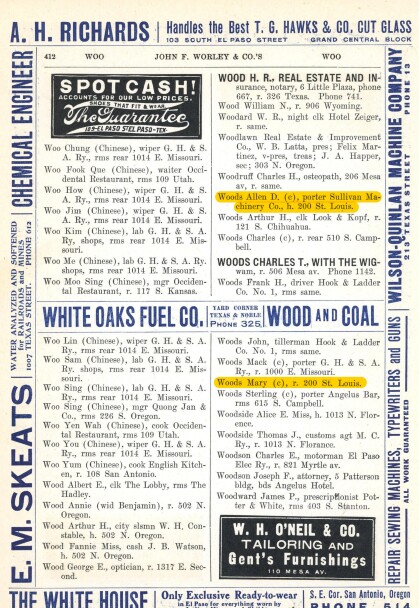
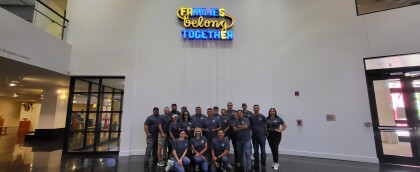
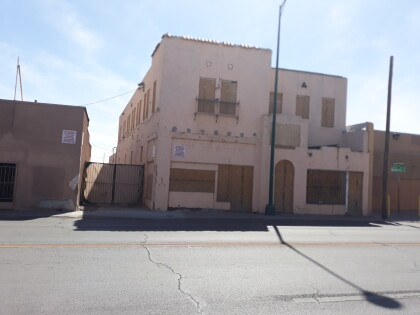
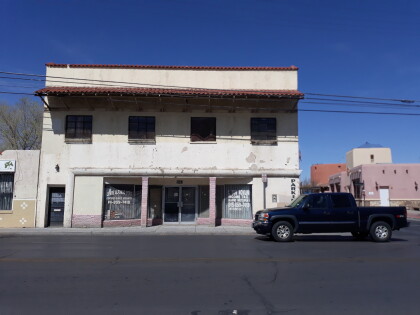
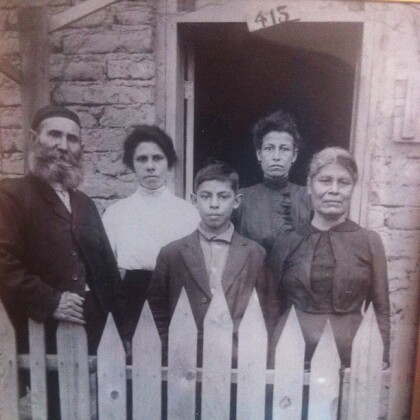
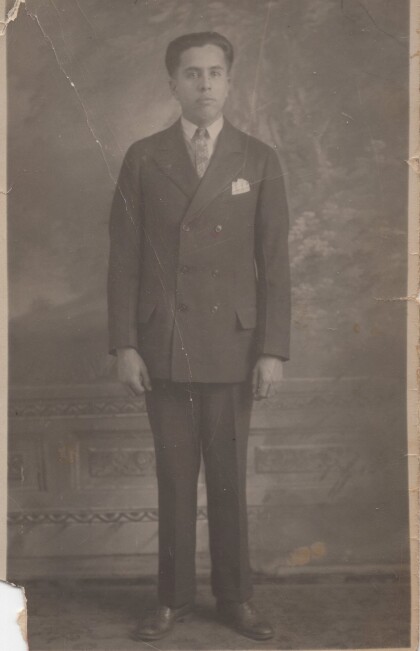
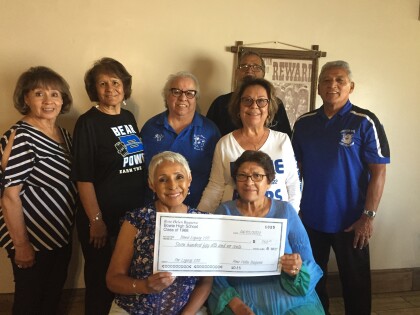
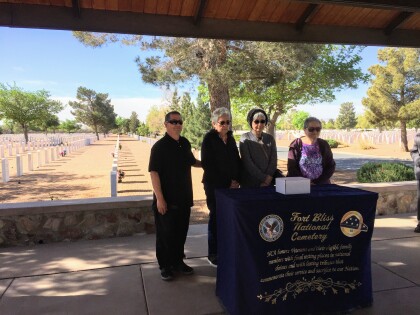
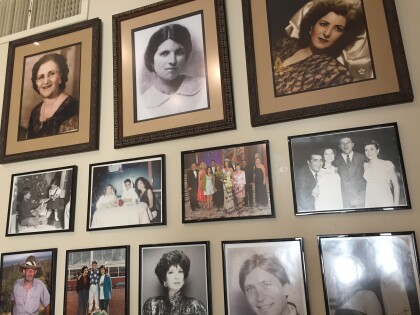
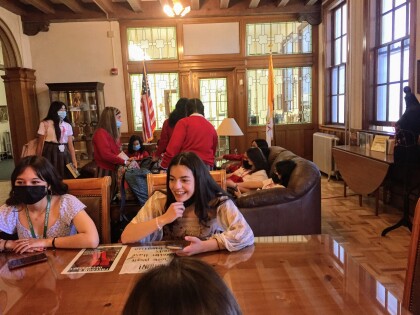


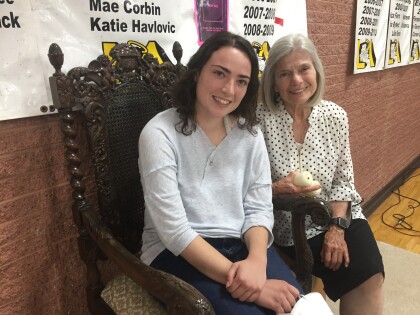

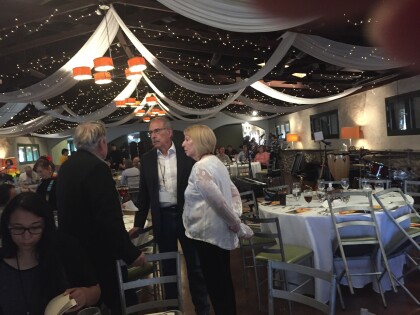
Comentarios
Hacer un comentario